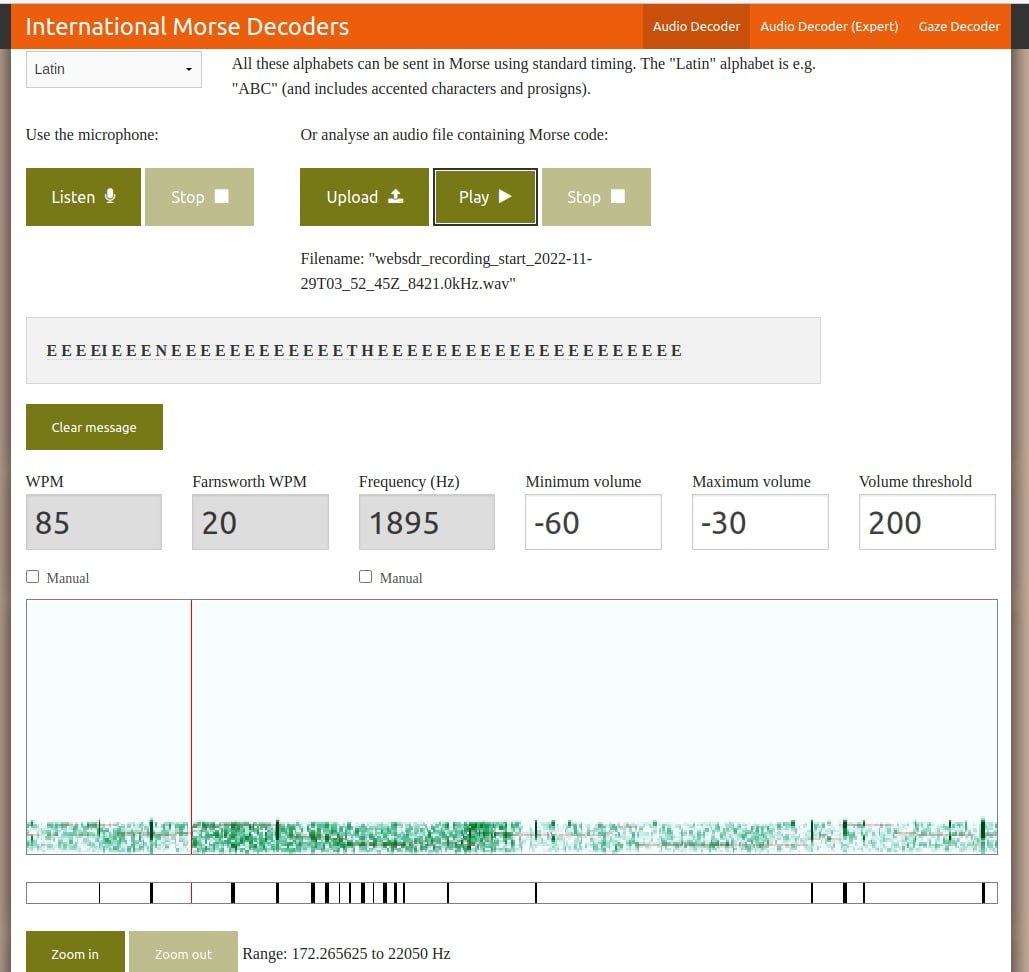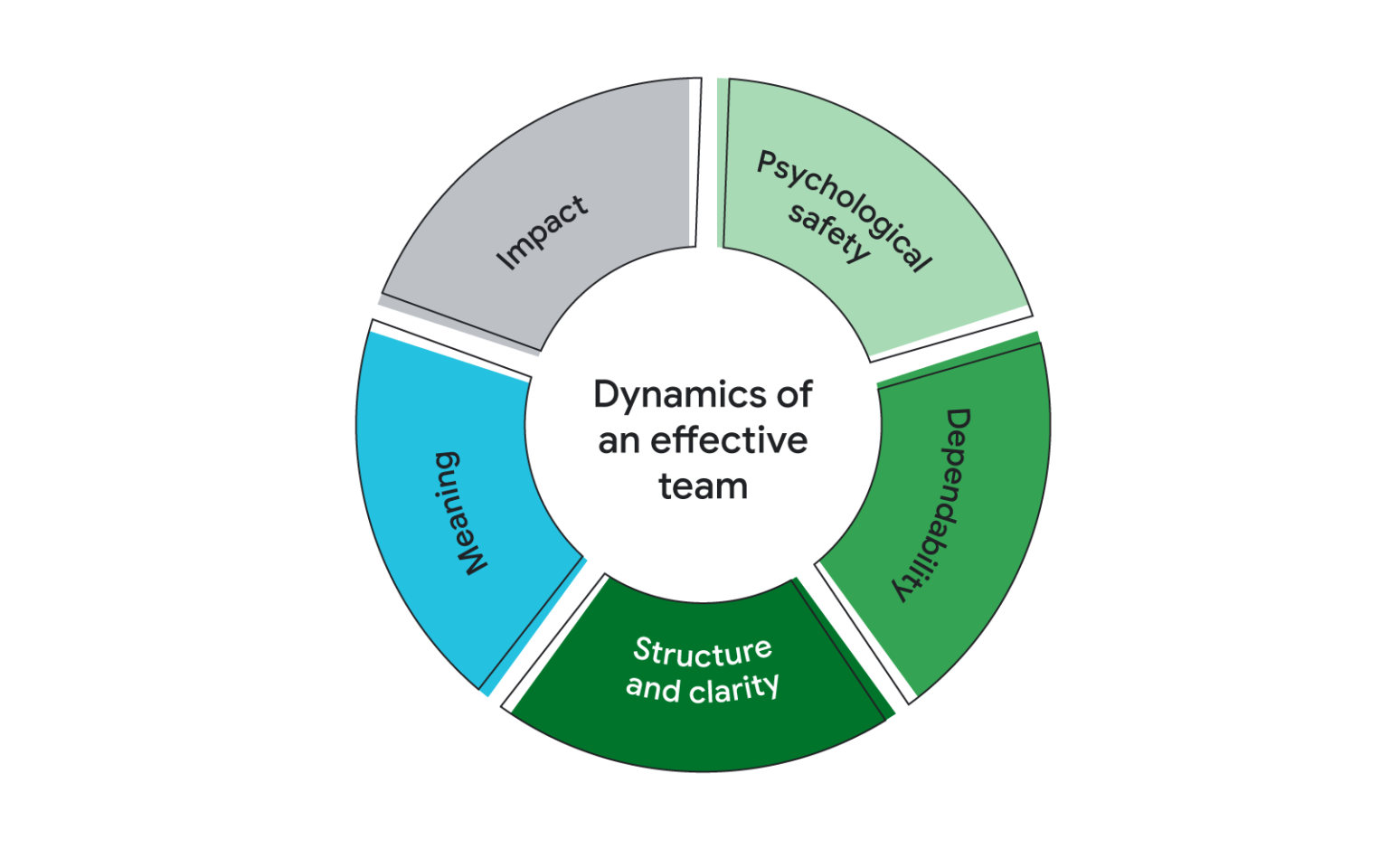OSINT Defender Twitter - Uncovering Public Info
Have you ever wondered how some folks seem to find just about anything online, especially on social media platforms like Twitter? It’s a pretty interesting skill, and it often involves something called open source intelligence, or OSINT for short. We're talking about the kind of information gathering that many people, including those who follow accounts like @sentdefender, really get into. It’s about piecing together bits of public information to paint a clearer picture of something, and honestly, it can be quite eye-opening to see what's out there.
This whole idea of using public information, especially what's shared on Twitter, is becoming more and more popular. Whether you're someone who just likes to poke around and see what's happening, or perhaps you work in a field where finding facts is a big part of your day, like cybersecurity, there's a good chance you've thought about how to do this better. It’s a way to really dig into what's openly available and make sense of it all, so you can learn more about a topic or a person, or maybe even a trend. You know, just for kicks, or for something serious.
So, what we’re going to chat about here is how people use Twitter as a kind of tool for this type of information gathering. It’s about getting good at spotting clues and putting them together, almost like solving a puzzle. There’s a whole community of people who do this, sometimes called "OSINT defenders" on Twitter, and they share their findings and ways of working. It’s quite fascinating, really, to see how much you can learn just from what people put out there for everyone to see. We'll look at what this kind of work involves, and perhaps, how you might start doing some of it yourself, or at least how to appreciate what others are doing.
Table of Contents
- Getting Started with OSINT Defender Twitter
- What Can You Really Find on OSINT Defender Twitter?
- The OSINT Defender Twitter Community - Joining the Conversation
- Are All OSINT Defender Twitter Accounts Trustworthy?
- Finding Your Gold Mines - Top OSINT Defender Twitter Accounts
- What Tools Help with OSINT Defender Twitter Investigations?
- Understanding Social Media OSINT (SOCMINT) on OSINT Defender Twitter
- How Do OSINT Defenders Find This Information?
Getting Started with OSINT Defender Twitter
When we talk about OSINT, it’s simply about using information that's out in the open for anyone to see. Think of it like looking at a public notice board or reading a newspaper. On Twitter, this means looking at profiles, posts, replies, and even what accounts people follow. It’s all about putting together pieces of a puzzle using what’s already shared. For example, the latest posts from accounts like @sentdefender and @osintdefense often show how this works in practice, giving people a peek into what’s possible. They might share observations or point to interesting bits of information, you know, just to show what can be done.
So, what exactly is this "open source intelligence" idea? It’s a way of collecting facts from publicly available spots, and then taking a good look at those facts to make some sort of decision or to take a particular step. This could be anything from figuring out a trend to understanding more about a public event. It's really about being clever with what's already out there for everyone to see. It’s not about finding secret stuff, but rather about making sense of what's already visible, which is quite useful, actually.
Using Twitter as a spot for this kind of work means getting to grips with how people share information there. It's a place where thoughts, links, and pictures fly around at a very quick pace. So, if you want to be good at OSINT on Twitter, you need to know how to sift through all that. It's a bit like learning to spot a particular type of bird in a very busy park. You need to know what you are looking for, and where to look for it, otherwise it's just a lot of noise. This is where the idea of an "OSINT defender" on Twitter comes into play, as someone who is pretty good at this kind of sifting.
What Can You Really Find on OSINT Defender Twitter?
You might be surprised by the sheer amount of information that can be gathered from Twitter, just by looking at what’s publicly available. People often share details about themselves, their interests, and even their whereabouts, sometimes without even realizing the full extent of what they're putting out there. This is where OSINT comes in handy. You could, for instance, find out about a user’s general location based on their posts or the people they interact with. It's a pretty interesting way to connect dots, you know.
When it comes to specific bits of information, folks using OSINT on Twitter often look for things like user details, which might include their full name if they’ve shared it, or maybe a nickname they use widely. Sometimes, with a bit of clever searching, you might even find connections to phone numbers or email addresses that have been made public in some way. It’s all about looking for those little breadcrumbs that people leave behind as they use the platform. So, it's not about hacking or anything like that, just really paying attention to what's openly visible.
Beyond personal details, Twitter is a goldmine for understanding broader topics and trends. You can follow conversations about pretty much anything, from breaking news to niche hobbies. This means you can get a feel for what people are talking about, what’s popular, and what’s causing a stir. For someone doing OSINT, this is incredibly helpful for getting a pulse on public opinion or tracking how a story develops. It’s like having a very large ear to the ground, almost, letting you pick up on all sorts of happenings.
The OSINT Defender Twitter Community - Joining the Conversation
There's a whole community of people who are really into OSINT, and a big part of that group hangs out on Twitter. These are the folks who share tips, talk about new ways of finding information, and sometimes even point out interesting bits of data they’ve come across. Joining this "osint defender twitter" community can be a really good way to learn from others and to share what you know, too. It’s a place where people help each other get better at this kind of work, which is pretty neat.
Like any online group, there are both good things and some tricky bits. A big benefit is the shared knowledge; someone might have a clever trick for finding something that you’d never thought of. You can also find out about new tools or resources that make the work a bit easier. However, there are challenges, too. For instance, some folks on the r/osint subreddit, a place where people talk about OSINT, have suggested that some of the very popular OSINT accounts on Twitter might just be reposting stuff they see on Telegram without checking if it’s true. Other people on that subreddit tend to agree and share similar thoughts, which is something to keep in mind, you know.
So, if you’re thinking about getting involved, it’s good to be a bit careful about what you believe right away. It’s always a good idea to try and check things for yourself if you can. But for effective participation, it’s about finding those accounts that share genuinely helpful information and engaging with them. Ask questions, share your own findings if you feel comfortable, and generally be a part of the discussion. It’s a pretty welcoming group, in some respects, especially if you’re keen to learn and contribute.
Are All OSINT Defender Twitter Accounts Trustworthy?
This is a really important question to ask, especially when you're relying on information from social media. Just because an account talks about OSINT or seems to share interesting findings doesn't mean everything they post is accurate or comes from a good place. There are, unfortunately, some accounts that pop up on Twitter that are not what they seem. They might look like they're sharing helpful OSINT content, but instead, they could be spreading wrong information or even trying to trick people. So, you know, it's something to be quite aware of.
The folks who are really serious about OSINT often talk about how important it is to check your sources. It’s like being a detective; you wouldn’t just take the first clue you find as the absolute truth. You’d look for more evidence, right? The same goes for what you see on Twitter. Some users have even pointed out that several of these "osint defender twitter" accounts that show up in posts are simply not legitimate. They might be promoting things that aren't true or that are meant to mislead people, which is a bit of a problem, actually.
So, how do you tell the difference? Well, it takes a bit of practice. Look for accounts that cite their sources, or that explain how they found something. Accounts that just post sensational claims without any backing are usually ones to be wary of. Also, consider the tone of their posts. Are they trying to provoke a strong reaction, or are they presenting information in a calm, factual way? A good "osint defender twitter" account will usually encourage you to think critically and to do your own checking, too. It’s about being a smart consumer of information, basically.
Finding Your Gold Mines - Top OSINT Defender Twitter Accounts
Once you get a feel for how OSINT works on Twitter, you’ll probably want to find accounts that consistently share valuable insights. Some people have put together lists of accounts that are considered really good for anyone interested in OSINT. For instance, one guide mentions introducing you to 14 Twitter accounts that are pretty much "gold mines" for people who really like OSINT. These are the kinds of accounts that consistently provide useful information or point to helpful resources, which is quite handy, you know.
So, why should you even bother following these particular accounts? Well, for one, they can save you a lot of time. Instead of trying to find everything yourself, these accounts often do a lot of the initial legwork for you, pointing you towards interesting threads or new techniques. They can also keep you updated on what’s happening in the OSINT community, like new tools or changes to how information can be gathered. It’s a bit like having a curated news feed just for OSINT, which is pretty convenient, really.
People often ask for suggestions for Twitter accounts that are good for OSINT, especially when it comes to specific areas like politics or security. Other users are usually quick to reply with all sorts of different ideas, opinions, and links to helpful resources. This shows just how active and collaborative the "osint defender twitter" community can be. It’s a good way to discover new voices and perspectives that you might not have found on your own. You just never know what you might stumble upon, so it's worth asking around, perhaps.
What Tools Help with OSINT Defender Twitter Investigations?
Doing OSINT on Twitter isn't just about looking at profiles; there are also some clever tools that can help you find information about users, specific topics, and even what's trending. These tools can make the process a lot more efficient, helping you sort through the vast amount of data that's out there. They can help you spot patterns or connections that might be hard to see with just your eyes. So, you know, it's not all manual work, which is a good thing.
For example, some tools are designed to help you find user details, like potential phone numbers or email addresses, if those bits of information have been made public in some way on Twitter, which is now called X. These tools often work by looking for connections between different pieces of data. There are also broader lists of amazingly helpful open source intelligence tools and resources available, often found on places like GitHub. GitHub is a spot where people build software, and it has more than 150 million people using it to find, copy, and contribute to over 420 million projects. It's a pretty big place for sharing useful things, in some respects.
Some specific tools that come up in conversations about "osint defender twitter" include OSINTGram, which is an OSINT tool for Instagram, but it shows the kind of framework that exists. There's also the OSINT-SAP Project, which offers a free OSINT-SAN Framework that helps you quickly find information and figure out who users are online. Another interesting one is the Projeto OSINT Brazuca, which is a collection of information, sources, and tricks for OSINT specifically within the context of Brazil. These tools are often used for things like information gathering, cybersecurity, looking up things in reverse, finding bugs, and more. They’re pretty varied, honestly, and each has its own strengths.
Understanding Social Media OSINT (SOCMINT) on OSINT Defender Twitter
When we talk about OSINT on platforms like Twitter, we're often talking about a specific type called Social Media OSINT, or SOCMINT. This is basically the act of gathering information from social media sites such as Facebook, Instagram, and of course, Twitter. It’s about using what people share on these platforms to gain insights. So, if you're looking at someone's public posts or how they interact with others on Twitter, you're doing SOCMINT, in a way.
The landscape of social media is always changing, and Twitter, now known as X, has seen its own share of shifts. These changes can affect how information is gathered and what tools work best. For instance, new features or policy updates on the platform might open up new ways to find information or, conversely, make some older methods less effective. A good guide to "osint defender twitter" will usually cover these basics of OSINT, SOCMINT, and how the changes from Twitter to X might affect your information gathering efforts. It's important to stay current, you know.
The core idea behind SOCMINT is that people often share a lot about themselves and their lives online, sometimes without realizing how much information they're putting out there. This includes not just what they post, but also who they follow, what they like, and even the times they are most active. For someone doing OSINT, this public stream of information can be incredibly valuable for building a picture of a person or an event. It’s about taking all those little public bits and putting them together, which is quite a skill, really.
How Do OSINT Defenders Find This Information?
This is a great question, and it's something that should really pique your interest if you're someone who likes to gather information. Twitter, as a platform, is one of the most popular places where people share thoughts and news, making it a very rich source for OSINT. The process usually involves a mix of knowing what to look for, using the right tools, and having a good bit of patience. It’s not always about fancy software; sometimes it’s just about being very observant, you know.
One common way is by simply searching for keywords, hashtags, or specific user handles. But it goes deeper than that. OSINT practitioners often use various tools and techniques to locate and analyze usernames, names, images, and even the connections between different accounts. This might involve looking at who someone follows, who follows them back, what posts they’ve liked, or even the metadata in images they’ve shared. It’s about building a web of connections from publicly available data, which can be quite involved, honestly.
Some people who are good at this will also share their methods. For example, someone might have started a blog on Medium to talk about OSINT tools and techniques, even if they've had a Twitter account dedicated to the same topic for over a year. In these posts, they often collect Twitter threads on various subjects, showing how they found certain pieces of information or what tools they used. This kind of sharing is very helpful for others who want to learn. It’s a way of demystifying the process, so to speak, and showing that anyone can get better at it with a bit of effort.
- Which Celebrity Has The Highest Net Worth
- Banana Loca Net Worth 2024
- Brighton Keller Butler Net Worth

OSINT on Twitter: "https://t.co/PDqZoYsJ55" / Twitter

OSINT 69 on Twitter: "https://t.co/A0sBvcQQZM" / Twitter

Understanding OSINT Defender Twitter: A Comprehensive Guide - deep